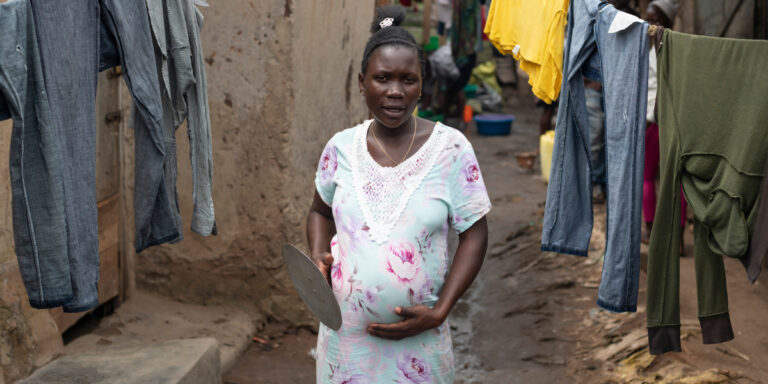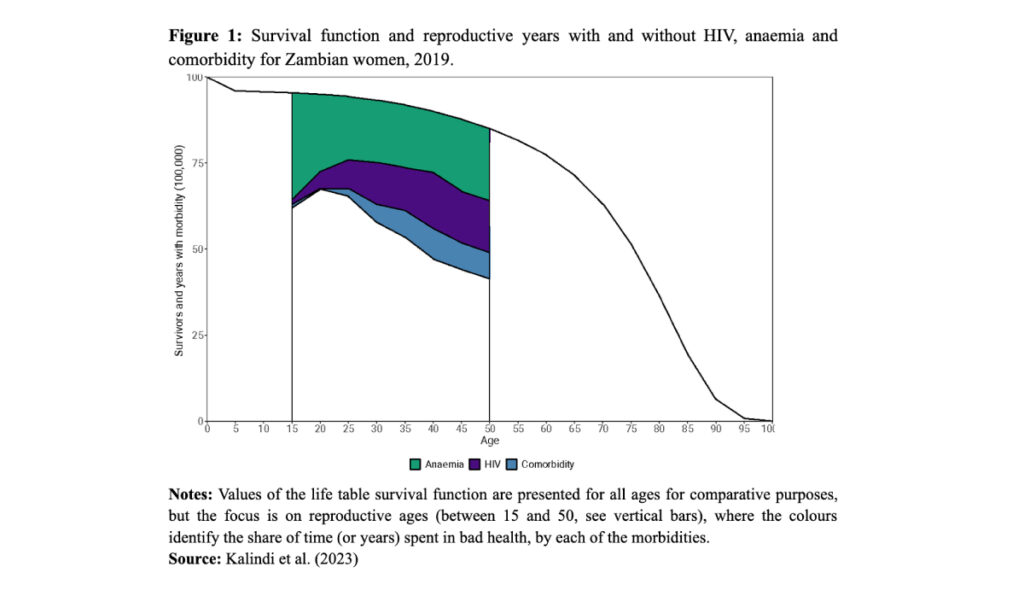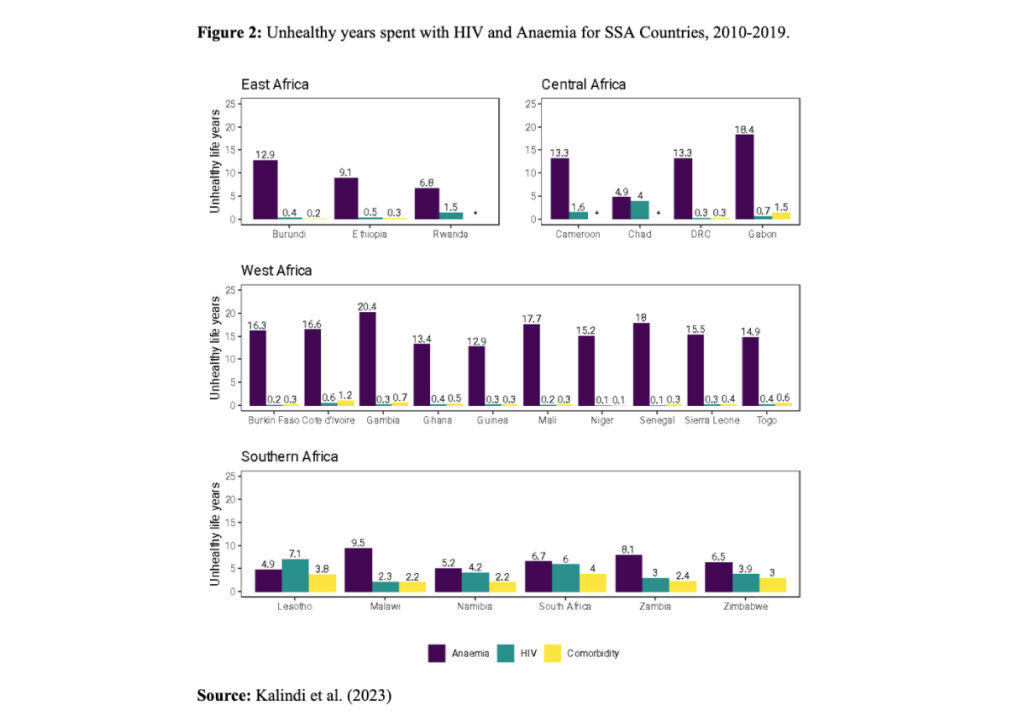Reproductive-age morbidities and their impact on women’s health in sub-Saharan Africa (2010-2019)

Women in sub-Saharan Africa (SSA) experience high prevalence rates of anaemia and HIV, resulting in an average of 14.3 years of reproductive-age life expectancy spent in poor health. Audrey M. Kalindi, Brian Houle and Vladimir Canudas-Romo present the data and highlight the implications of these reproductive-age morbidities.
Reproductive-age morbidity in sub-Saharan Africa
While significant progress in reducing maternal mortality has been achieved globally over the past three decades, regional disparities persist, with sub-Saharan Africa (SSA) bearing about two-thirds of the burden (WHO, 2019). While maternal deaths provide important insights into the status of women’s health, they represent only a fraction of the broader maternal health challenges. Maternal morbidities, which encompass various health issues affecting women during and after pregnancy, are highly prevalent and have a profound impact on women’s well-being. Conditions such as HIV, malaria, and anaemia increase the risk of maternal mortality and morbidity, contributing to complications and adverse outcomes (Bailey et al., 2015). Maternal morbidities extend beyond physical health, affecting mental, emotional, and socioeconomic aspects of women’s lives. Despite the substantial impact of maternal morbidities, their demographic implications are understudied, particularly in SSA, where morbidity rates remain high.
Examining the burden of reproductive-age morbidities in sub-Saharan Africa
In a recent study (Kalindi et al., 2023), we estimated the number of life-years that women of reproductive ages spend in poor health due to reproductive-age morbidities and highlighted the demographic impact of reproductive-age life expectancy (RALE). This study utilised Demographic and Health Survey (DHS) data from 23 SSA countries collected between 2010 and 2019 to estimate the prevalence of these morbidities, specifically HIV and anaemia, among women aged 15 to 50. Using the Sullivan method, we calculated RALE both with and without these morbidities.
Prevalence of reproductive-age morbidity
As an illustrative example of healthy and unhealthy RALE for SSA countries, figure 1 shows the life table survival function of Zambian women in 2018. This is determined by considering the years lived between ages 15 and 50 and dividing them into healthy and unhealthy years based on specific health conditions. Results show that a significant portion of women’s RALE is spent in an unhealthy state, with anaemia, HIV, and the comorbidity of these two diseases contributing substantially to this burden. Anaemia prevalence remains high across different reproductive age groups, whereas HIV is more prevalent in middle to older reproductive ages. Anaemia alone accounts for nearly a quarter of the unhealthy years, highlighting the health challenges faced by this population.

Similar to Zambia, most sub-Saharan African countries face a substantial burden of morbidity, with some regions experiencing high anaemia rates and low HIV prevalence, while others, like Southern Africa, have high rates of both conditions and of comorbidity (Figure 2). Countries with higher HIV prevalence tend to have a greater comorbidity burden, following a similar age pattern to that of HIV prevalence. On average, women in SSA spend 14.3 years – i.e. 42.2% of their reproductive-age life expectancy – in poor health due to morbidities. Anaemia accounts for more unhealthy years than HIV in all SSA countries except Lesotho, where more years are spent with HIV. In West African countries, women generally spend fewer years with HIV than in other parts of SSA. Women in South Africa and Lesotho spend the most years with comorbidities and HIV in SSA.

Implications of reproductive-age morbidities in sub-Saharan Africa
Our study highlights the significant prevalence of reproductive-age morbidities among women in SSA. The findings hold vital implications for improving maternal health and advancing Sustainable Development Goal 3 in the region. They underscore the importance of implementing effective prevention and management strategies and emphasise the need for accurate data to comprehensively understand the extent of these morbidities. Additionally, our study provides estimates for tracking progress and enhancing our understanding of mortality trends, morbidity patterns and reproductive-age population dynamics. To achieve better overall population health and ensure the well-being of women in SSA, it is imperative to prioritise morbidity prevention and management strategies, alongside promoting women’s education and autonomy.
References
Bailey, P. E., Keyes, E., Moran, A. C., Singh, K., Chavane, L., & Chilundo, B. (2015). The triple threat of pregnancy, HIV infection and malaria: Reported causes of maternal mortality in two nationwide health facility assessments in Mozambique, 2007 and 2012. BMC Pregnancy and Childbirth, 15(1), Article 1. https://doi.org/10.1186/s12884-015-0725-7
Kalindi, A., Houle, B., & Canudas-Romo, V. (2023). Comparative evidence of years lived with reproductive-age morbidity in sub-Saharan Africa (2010‒2019). Demographic Research, 49, 109–142.
WHO. (2019). Maternal mortality: Levels and trends 2000 to 2017. WHO; World Health Organization.